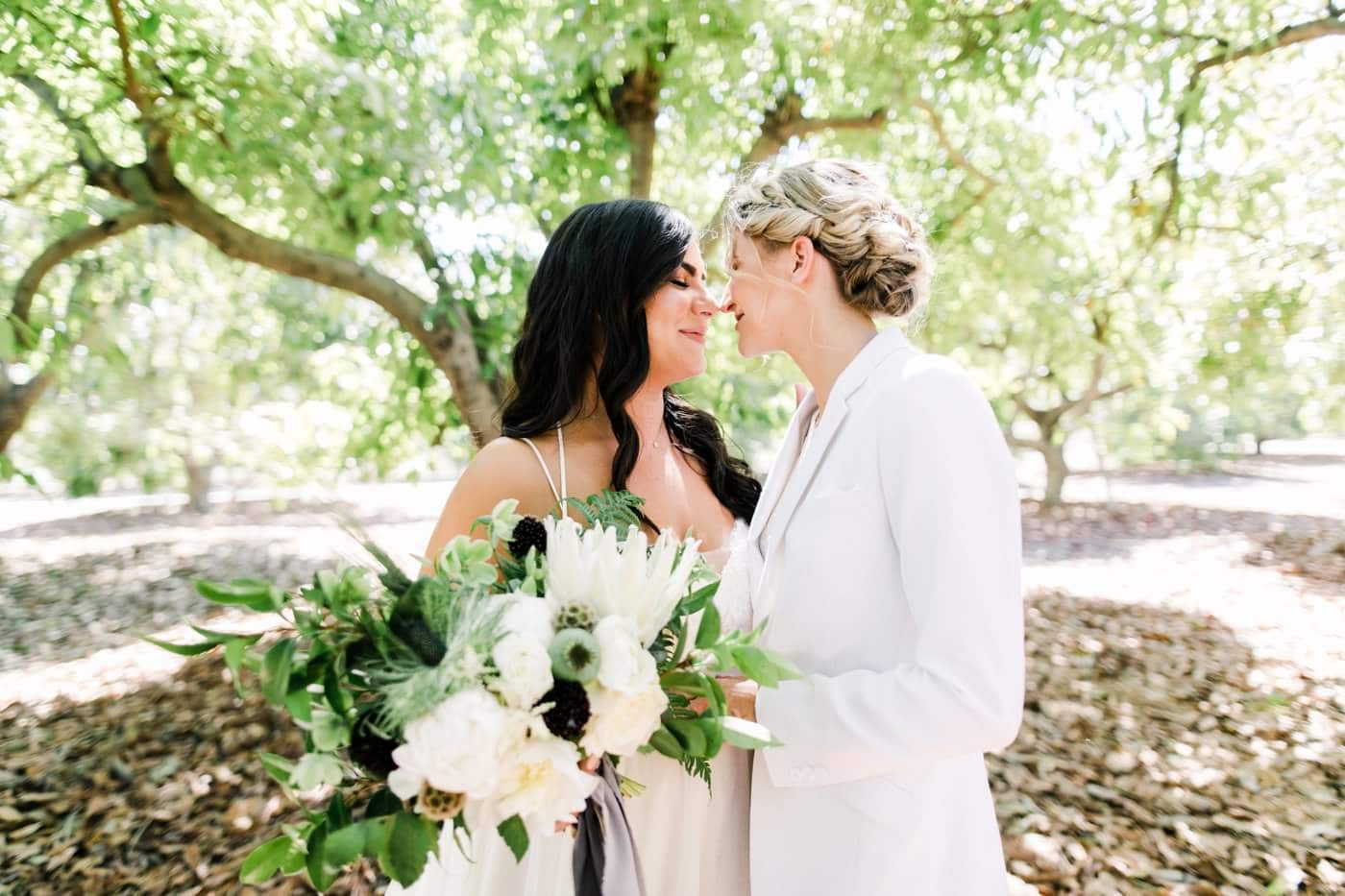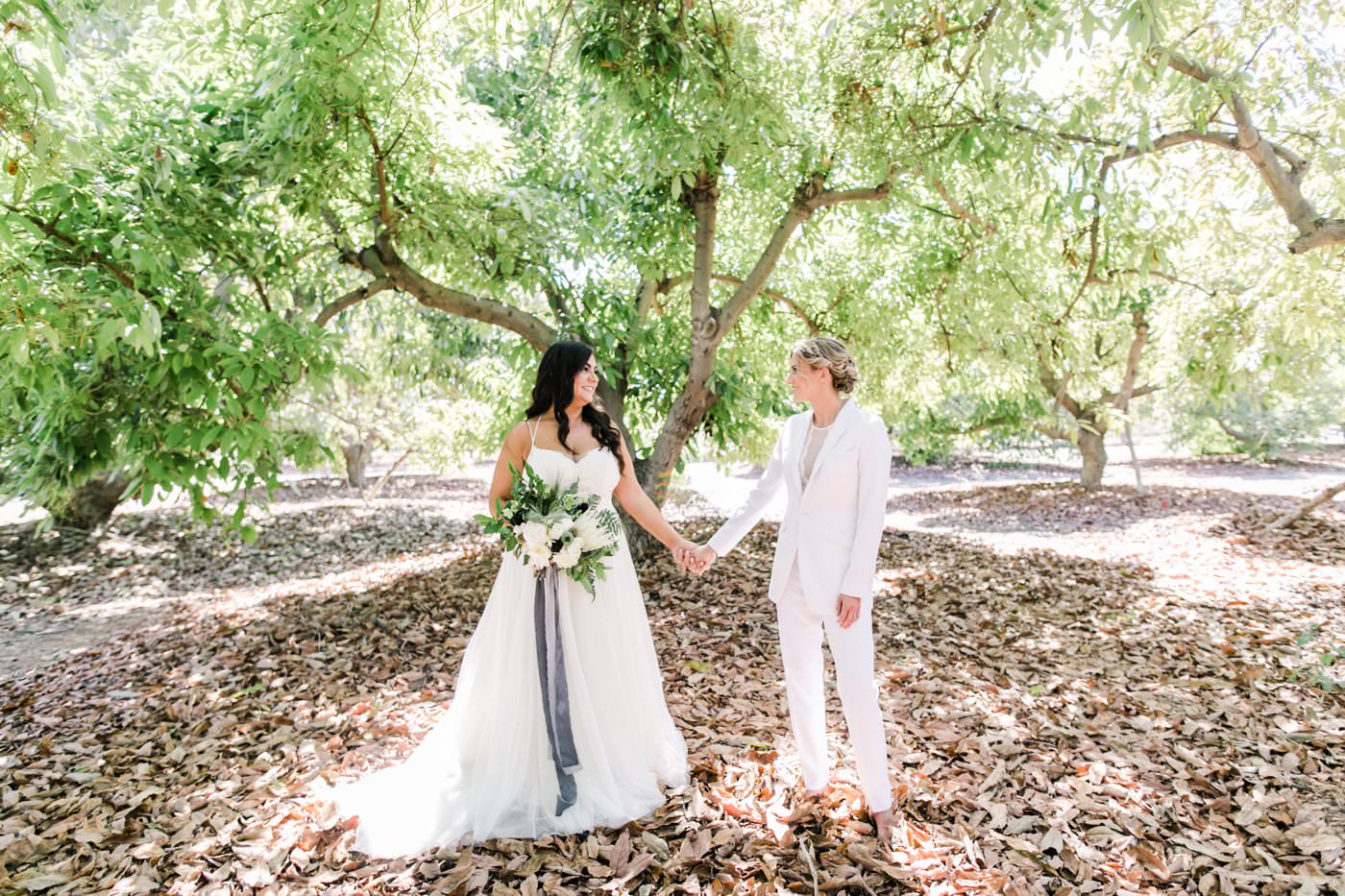Have you ever been at wedding and watched something going wrong or noticed something that should be fixed, and caught yourself thinking, “oh well, that’s not my job”? This is a GREAT way to NOT book more weddings as a photographer.
I’m guilty of the “it’s not my job” thinking; I think we all are, in our professional lives and personally, too! If you’ve been hired to photograph a wedding, then that’s your job — to take photos. The end, right?
Nope. The thing about a wedding is that it’s an incredibly special, one-in-a-lifetime occasion that FLIES by for your clients. They’ve spent months (maybe years) planning all the details, down to the angle of the place cards and which flowers to include in the centerpieces. So when it comes to the execution of the big day, it’s all hands on deck.
Think about your client experience. As a photographer, you’ve probably put a considerable amount of time, energy, and careful thought into how your clients can feel well-cared for and appreciative of the service you provide.
Now think about the vendors you work with: are you providing THEM with a positive and memorable impression, too? Are you delivering an experience that will earn rave reviews and repeat referrals? And if you’re not, WHY NOT?!
Adopting an attitude of “we’re all in it together” will serve you very well with fellow wedding professionals and clients alike; here are the top three ways to check yourself and be a team player on the wedding day. These tips will make you a nicer human AND make a positive impact in your business, too!
1. Ditch the “it’s not my job” attitude.
If you approach photographing a wedding concerned ONLY with the photography aspect of the day, consider the broader perspective: everyone hired to work the wedding has been selected by the couple (your client) to deliver an experience.
Couples spend money on their weddings because it’s a joyous occasion, an excuse to gather with their loved ones, and an opportunity to curate memories of one of the most important milestones of their lives. Photography is the way these moments and values are immortalized, and while this tends to inflate some egos, it’s SO important to keep the overall success of the event in mind.
You might have a spare moment before the ceremony begins, after you’ve photographed all the details and guest arrivals and now you’re just kinda pacing around until the first bridesmaid walks down the aisle. If you see the florist or planner or DJ struggling with something, but you make the choice to check your Instagram feed instead, you’re not being a team player. Yes, your primary job is to take photos, and if that is an urgent need in the moment, that is your priority, hands down. But don’t walk away from another vendor in need of help because it’s “not your job.” Make it your job to care about how the day is executed and to exercise kindness toward your fellow wedding professionals whenever possible.

2. Respect the timeline.
The timeline is everyone’s touchpoint for the wedding day. Each vendor has the same copy of the timeline provided by the wedding planner or venue coordinator, and that keeps the entire team on the same page. Photographers have multiple opportunities to serve as the “gatekeeper” of the timeline — a responsibility you can either respect or abuse.
Respecting the timeline means keeping an eye on the clock during sunset portraits and heading back to the festivities after you’ve used your allocated time. Abusing the timeline means ignoring frantic texts from the planner that you’re late for grand entrance or toasts and doing what you want because there’s “just one more spot” you want to go for portraits. Frankly, if you abuse the timeline, you can kiss wedding planner referrals goodbye.
Review the timeline several times before the actual wedding day (it’s also a huge pet peeve for wedding planners when you ask them things you should know from the timeline, like “when is the first look?”). Understand how much time you have for each segment of the day (family portraits, wedding party, and couple’s portraits) and collaborate with the planner well in advance if the time allocated isn’t realistic. This is what you should be doing instead of hijacking the timeline on the wedding day itself, which can quickly descend into chaos.

3. Communicate, communicate, communicate.
Vendors work with different photographers all the time, and every photographer has a different way they like to do things. If you’re working with a planner or other vendors with whom you’ve never collaborated before, get to know how they operate and what THEY need from YOU, then share your needs from a place of empathy for whatever challenges they’re facing.
Again, remember that you are all on the same team — the team your client has enlisted to ensure the success of their wedding day. Understand the bird’s eye view of the wedding day itself before making demands on the planner or other vendors. Are you short on time for family formals because everyone has to transition from the church to the reception venue in a half hour? Talk to your clients about doing a first look so you can do portraits pre-ceremony, or communicate that only a few family combinations will be able to happen post-ceremony because of the other variables in their timeline (i.e. the time crunch). Work together to find solutions and be open, honest, and respectful of everyone’s roles.
These three tips will help you book more weddings as a photographer and get other wedding professionals buzzing about how lovely it is to work with you. Word of mouth is HUGE in the wedding industry, so implement these techniques at your future weddings and watch the referrals roll in!

